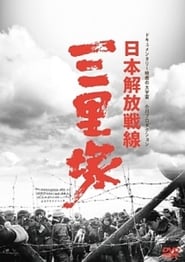film diperankan iizuka toshio
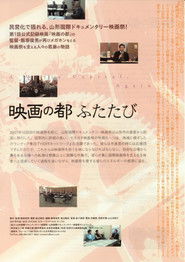 Film festivals in Japan are being...
Film festivals in Japan are being...A Movie Capital, Again 2007
Film festivals in Japan are being forced to cut back or fold. In 2006 the operation of Yamagata International Documentary Film Festival, celebrating almost two decades of history, was transferred from the city government to an incorporated non-profit organization. Focusing on volunteer members of the YIDFF Network, who left their mark during the inaugural festival, director Iizuka Toshio films the festival staff who are caught in the dilemma of servicing the local community and maintaining the standards of an international film festival.
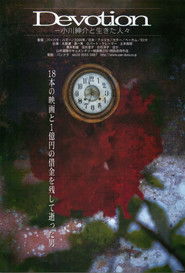 Devotion investigates the extremely complex and...
Devotion investigates the extremely complex and...Devotion: A Film About Ogawa Productions 2002
Devotion investigates the extremely complex and heirarchical relationships among a committed group of Japanese filmmakers who dedicated up to 30 years of their lives making films for one man-Ogawa Shinsuke. Members of Ogawa Pro filmed the student movement of the late 60's; the fight by farmers to save their land from government confiscaton for the Narita airport at Sanrizuka; and the village life of a small farming community, Magino Village, in northern Japan. These heartbreaking and sometimes funny stories have never been told on film before. Rare footage, stills, and diaries with interviews with Oshima Nagisa, Hara Kazuo and Robert Kramer make this historical inquiry visually exciting as well as valuable.
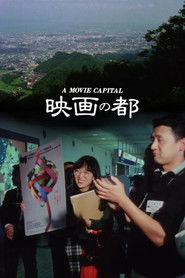 This film is a record of...
This film is a record of...A Movie Capital 1991
This film is a record of the first Yamagata International Documentary Film Festival. It reflects the various ways the festival was given shape by nascent global changes embodied by Perestroika, the Tiananmen Square massacre, and many other contemporaneous events.
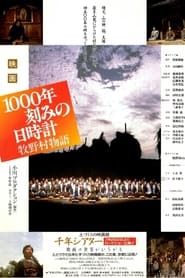 The movie compiles footage taken by...
The movie compiles footage taken by...Magino Village: A Tale 1987
The movie compiles footage taken by Ogawa Production for a period of more than ten years after the collective moved to Magino village. Unique to this film are fictional reenactments of the history of the village in the sections titled "The Tale of Horikiri Goddess" and "The Origins of Itsutsudomoe Shrine". Ogawa combines all the techniques that were developed in his previous films to simultaneously express multiple layers of time—the temporality of rice growing and of human life, personal life histories, the history of the village, the time of the Gods, and new time created through theatrical reenactment—bring them into a unified whole. The faces of the Magino villagers appear in numerous roles transcending time and space—sometimes as individuals, sometimes as people who carry the history of the village in their memories, sometimes as storytellers reciting myths, and even as members of the crowd in the fictional sequences.
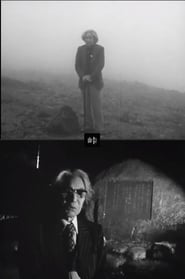 This rural documentary features poet Jin...
This rural documentary features poet Jin...The Magino Village Story: Pass 1978
This rural documentary features poet Jin Makabe. Thoughts about agriculture, memories, landscapes.
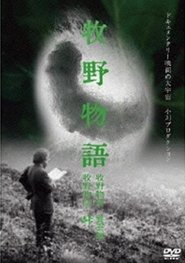 Ogawa Production Staff who moved to...
Ogawa Production Staff who moved to...The Magino Village Story: Raising Silkworms 1977
Ogawa Production Staff, who moved to Makinomura in Yamagata Prefecture, looks at sericulture, sericulture labor, agriculture ... Let's listen to people's words and stare for the sake of staring ...
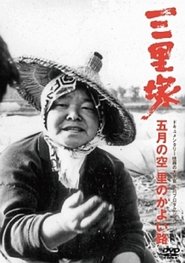 In the mid1970s protests were...
In the mid1970s protests were...Sanrizuka: The Sky of May 1977
In the mid-1970s, protests were waning across Japan after the Red Army scandal of Asama Cottage. In Sanrizuka, people were weary of the violence and the airport was well under construction. As for Ogawa Productions, they invited criticism by pulling out and moving to a quiet village in northern Japan. But when protesters back in Sanrizuka erected a tall tower at the end of one runway, they sent a crew to document what happened. This became the final film of the Sanrizuka Series.
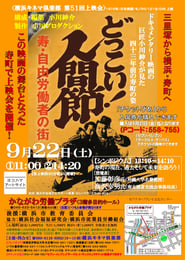 After the waning of the protests...
After the waning of the protests...Dokkoi! Songs from the Bottom 1975
After the waning of the protests in Sanrizuka, Ogawa Pro started questioning the future of the collective and looking for other subjects to film. Following the method developed in the previous films, the filmmakers moved to the slum of Kotobuchi in the port city of Yokohama, where more than 6000 people were struggling to get by without any means of survival, exposed to industrial accidents and diseases. The result is one of the most moving films produced by the collective, a series of beautifully filmed portraits, voicing the silenced stories and songs of a group of people living in this community. Credit: ICA London
 Shinsuke Ogawa documentary about the life...
Shinsuke Ogawa documentary about the life...Sanrizuka: Heta Village 1973
Shinsuke Ogawa documentary about the life of the farmers in Heta Village opposing their resettlement due to the construction of Narita Airport.
 This film was directed by a...
This film was directed by a...Filmmaking and the Way to the Village 1973
This film was directed by a member of the Ogawa collective, Fukuda Katsuhiko, while they were finishing the documentary Sanrizuka: Heta Village. Fukuda left the collective after this film and continued making documentaries in the village of Heta. Credit: ICA London
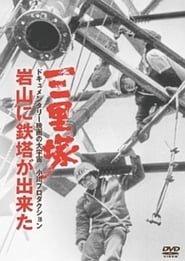 The third film in Ogawa Productions...
The third film in Ogawa Productions...Sanrizuka: The Building of Iwayama Tower 1972
The third film in Ogawa Productions’ Narita/Sanrizuka series of documentaries about the resistance by farmers and activists to the construction of the Narita Airport.
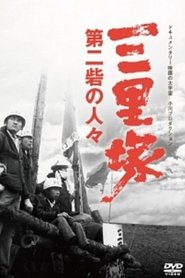 Its the mid 60s Tokyo needs...
Its the mid 60s Tokyo needs...Sanrizuka: Peasants of the Second Fortress 1971
It's the mid 60s. Tokyo needs a new airport. There isn't anywhere in Tokyo to put it, so the government decides on displacing some adjacent villages. The peasants of these villages are not having it. What results is a remarkable act of protest and civil disobedience.
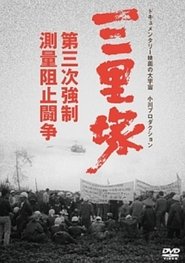 In 1968 the plan by the government...
In 1968 the plan by the government...Sanrizuka: The Three Day War 1970
In 1968 the plan by the government to construct a new international airport in the fields of Sanrizuka near Tokyo unleashed one of the most important and enduring social upheavals in the history of postwar Japan. The plan sought to evict thousands of farmers from their lands without any sort of respect for the locals’ rights. Their resistance to eviction was met with extreme violence by the police. Activists from all over the country, including thousands of students, joined with the farmers in their mounting struggle. As the combats in Sanrizuka became more intense and the numbers of police increased, the collective became more involved in the fighting. Sanrizuka: The Three Day War was what Ogawa called a “bullet film”, an immediate and powerful piece of agitprop shot in three days and intended to be seen as quickly and widely as possible. Credit: ICA London
